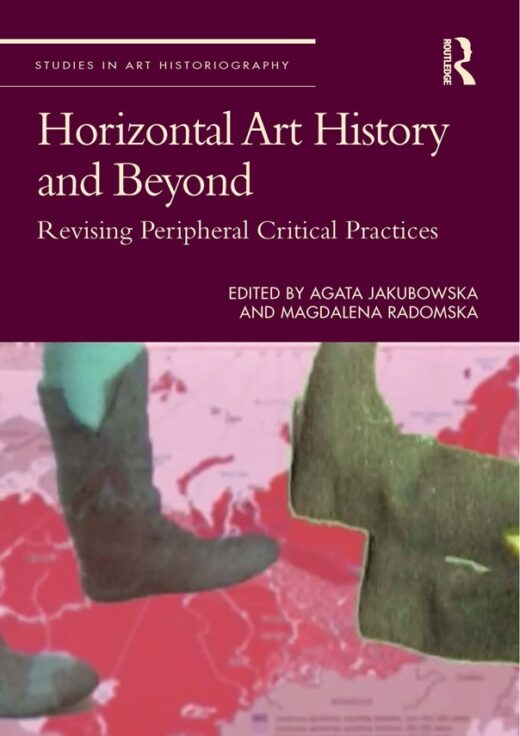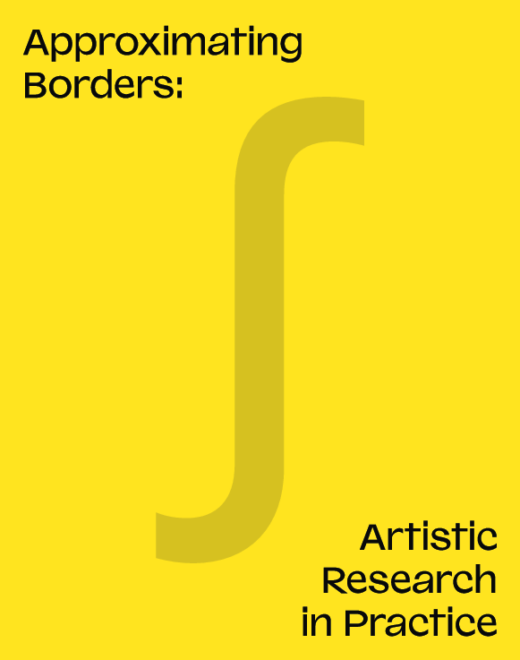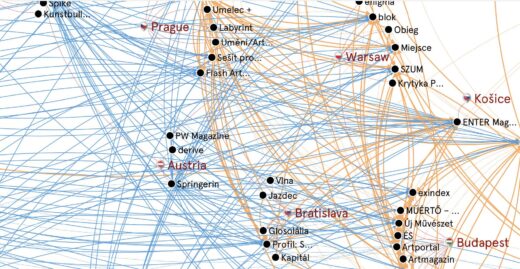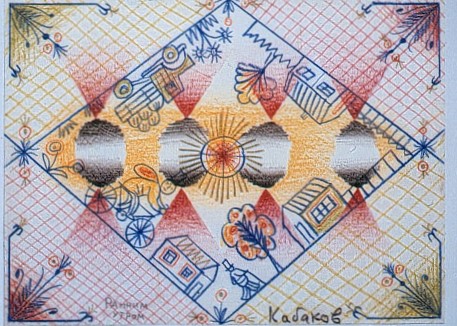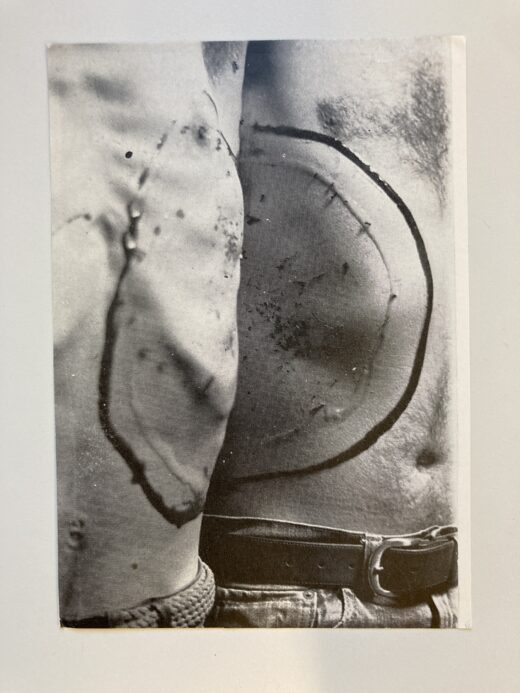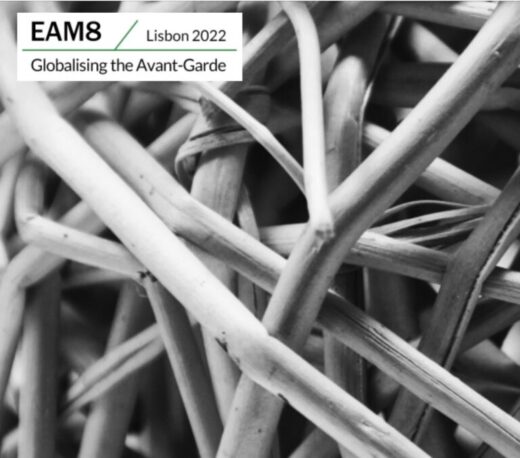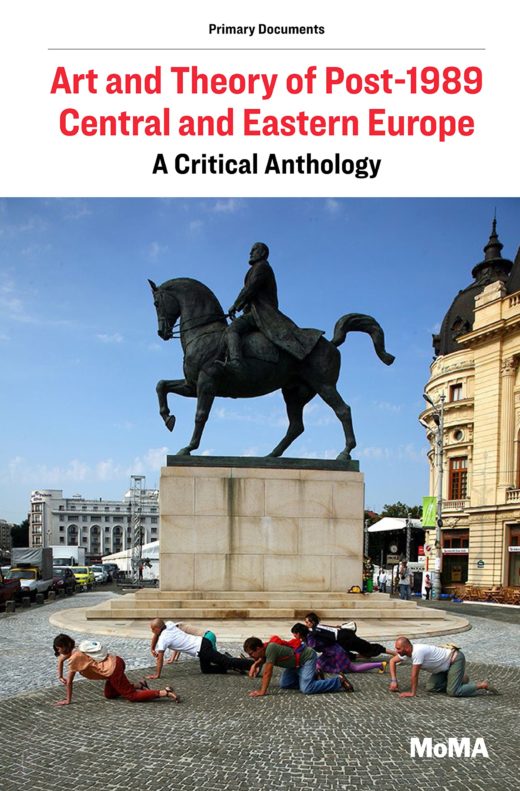Horizontal Art History and Beyond: Revisiting Peripheral Critical Practices
Agata Jakubowska and Magdalena Radomska, eds., Horizontal Art History and Beyond: Revisiting Peripheral Critical Practices (New York and London: Routledge, 2023), 223 pp.
Piotr Piotrowski (1952–2015) continues to be regarded as one of the most significant figures in the art history of modern and contemporary art in Eastern Europe. Piotrowski’s work has not only influenced his Polish colleagues. His international activities and translations of his texts have ensured that he remains one of the few art historians from Eastern Europe known to experts beyond the borders of the region. His book In the Shadow of Yalta, published in English … Read more

